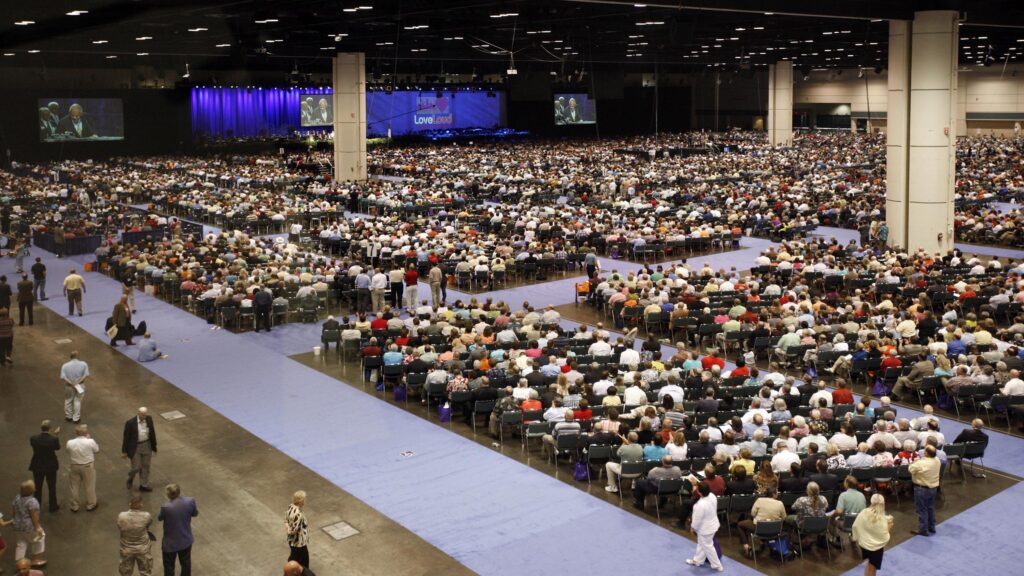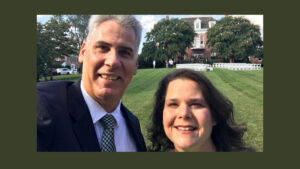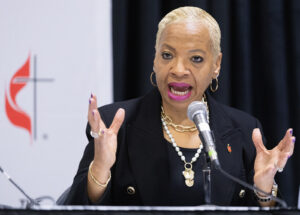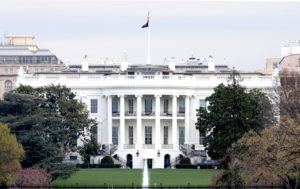
NASHVILLE (BP) — A report brought by the Great Commission Resurgence Task Force this June at the SBC annual meeting could be considered as one 15 years in the making.
The group was formed last summer at the New Orleans gathering of Southern Baptists and has since spent considerable time in reviewing documents, conducting interviews and holding discussions over the impact of the GCR.
Task Force chair Jay Adkins told Baptist Press that the group’s work has been kept close to the vest on purpose.
“I will say that we have read an enormous amount of material and are knee-deep in interviewing individuals who were involved with the formation and implementation of the GCR report,” said Adkins, pastor of First Baptist Church in Westwego, La., and current SBC first vice president.
The spring of 2009 was a time of concern for Southern Baptists. After steady years of growth, membership had begun to decline after reaching 16.3 million in 2006. Baptisms had been in a freefall for 10 years. Worship and small group attendance remained relatively steady, but were on the precipice of lagging as well.
What’s more, anxiety in the country was high after a decade of tumult.
The Great Recession, which began in December 2007, followed the one from 2001-03. The attacks on 9/11 led to an extended war in Iraq. The Space Shuttle Columbia broke apart on re-entry in 2003, killing all seven astronauts. Hurricane Katrina put large sections of New Orleans underwater and ravaged other coastal towns.
But those events also led to Southern Baptists’ response, especially in Disaster Relief in New York City and especially New Orleans. A time of need had led to a time of action.
On April 16, 2009, Southeastern Baptist Theological Seminary President Daniel Akin delivered a chapel sermon titled “Axioms for a Great Commission Resurgence.” The first seven points left little room for disagreement, such as acknowledging the Lordship of Jesus Christ, being Gospel-centered in theology and ministry practice, the sufficiency and inerrancy of Scripture and a commitment to the Great Commission.
The eighth one received the most discussion.
“We must recognize the need to rethink our Convention structure and identity so that we maximize our energy and resources for the fulfilling of the Great Commission,” said Akin.
Chatter over the blogosphere – as it was called back then – erupted immediately.
Speaking with Baptist Press today, Akin said his sermon actually wasn’t the start.
“There had been conversations for a while, months,” he said. “My message was a kind of call to arms.”
A Great Commission Resurgence declaration emerged that featured signers such as then-Lifeway President Thom Rainer and Southern Seminary President Al Mohler who called it “a good faith effort to provide direction for Southern Baptists moving into the future.” Non-signers questioned its tone, focus and clarity.
Central to that discussion over clarity was a reference in Akin’s sermon to a Southern Baptist structure that had become “bloated and bureaucratic.”
“Overlap and duplication in our associations, state and national conventions is strangling us!” he said, bringing more than one voice in opposition.
At Southern Baptists’ annual meeting that June, messengers overwhelmingly approved the GCR Task Force. Nearly 150 articles, updates, commentaries and counterpoints would be filed on Baptist Press regarding the group over the following year.
The Task Force provided seven recommendations to messengers prior to the 2010 annual meeting in Orlando. Following debate, they were adopted by an estimated 3-to-1 margin.
The recommendations included the adoption of Great Commission Giving – counting all gifts to Southern Baptist causes and not just through the Cooperative Program – as well as revising the ministry assignments of the International Mission Board and North American Mission Board. It also requested a change in the CP allocation budget to take one percentage point away from the SBC Executive Committee and give it to the IMB.
EC President and CEO Morris Chapman spoke against the recommendations prior to the vote.
“It is important to understand that if and when the Executive Committee is crippled in its ability to carry out its responsibilities, the negative effect will ultimately be felt throughout the entire SBC,” he said.
Perhaps no entity was as affected by the GCR as NAMB. GCR Task Force members had reported at the Executive Committee’s February 2010 meeting that part of their proposals was dissolving the cooperative agreements between NAMB and state conventions in order to “reprioritize” $50.6 million.
Of course, that also greatly impacted state conventions in pioneer areas while providing the fuel for NAMB’s church-planting emphasis.
Art Toalston, then-editor of Baptist Press, recently posted an extended “10-year evaluation” of the Great Commission Resurgence and its impact at arttoalston.com. At over 9,600 words, Toalston covers the GCR’s history and effects, including commentary from past and present Southern Baptists over its impact.
“This is the most important piece of Baptist journalism I have ever written because it focuses on home missions, a near-sacred topic to us as Baptists alongside such matters as international missions, biblical authority and the local church,” Toalston said.
A notable critic of the GCR’s effects is Chuck Kelley, who led New Orleans Baptist Theological Seminary as president for 23 years. His book, “The Best Intentions: How a Plan to revitalize the SBC Accelerated Its Decline,” was released last year.
Kelley did not oppose the Task Force recommendations in 2010 because, “I did not want to be viewed in any way as opposed to the need for a Great Commissions resurgence,” he told Toalston in an email exchange.
“I simply could not support the approach taken by the task force,” resolving to “assess its impact ten years down the road,” he told Toalston.
















